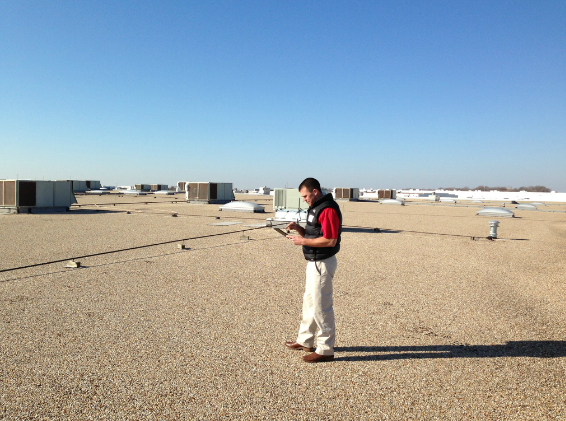The Polyisocyanurate Insulation Manufacturers Association (PIMA), the Institute for Market Transformation (IMT), and the Center for Environmental Innovation in Roofing have released the Roof and Wall Thermal Design Guide: Applying the Prescriptive Insulation Standards of the 2015 I-Codes.
The non-proprietary I-Codes Design Guide provides information regarding the prescriptive thermal value tables in the 2015 International Energy Conservation Code and the references to these tables in the 2015 International Green Construction Code. The guide translates this information into simple and straightforward roof and wall R-value tables covering the most common forms of commercial opaque roof and wall construction.
“Since 1994, the International Codes have served as models for all state and local building codes in the U.S.,” says Jared Blum, president PIMA. “Codes are key for ensuring we meet today’s rigorous standards. In a guide such as this one, it is easier to interpret and implement the codes as they apply to roof and wall insulation.”
The 2015 edition of the International Codes (I-Codes) includes several advances to increase energy efficiency in commercial buildings. First, the International Energy Conservation Code (IECC) includes new and higher standards for several components in the building envelope, most notably for roofs with insulation above deck. In addition, these enhanced standards are further increased in the International Green Construction Code (IGCC), which is intended to serve as an overall or “above the code” standard for sustainable buildings.
“The building thermal envelope—which may go unchanged for decades—is one of the most critical aspects of achieving long-term energy efficiency in commercial buildings,” says Cliff Majersik, executive director, IMT. “In a time where local building departments have increasingly strained resources, the Roof and Wall Thermal Design Guide is a simple resource that code officials can use to explain the commercial roof and wall requirements of the 2015 IECC. State adoption of the 2015 IECC is increasing quickly, making this guide an essential resource for educating local code officials and industry.”
The guide is intended to provide specific information regarding commercial wall and roof energy requirements of the 2015 I-Codes. In order to make this guide effective, individuals should identify the type of roof for wall assembly they current have, identify their current climate zone, and check the building’s occupancy.



Be the first to comment on "PIMA, IMT and CEIR Release I-Codes Design Guide"